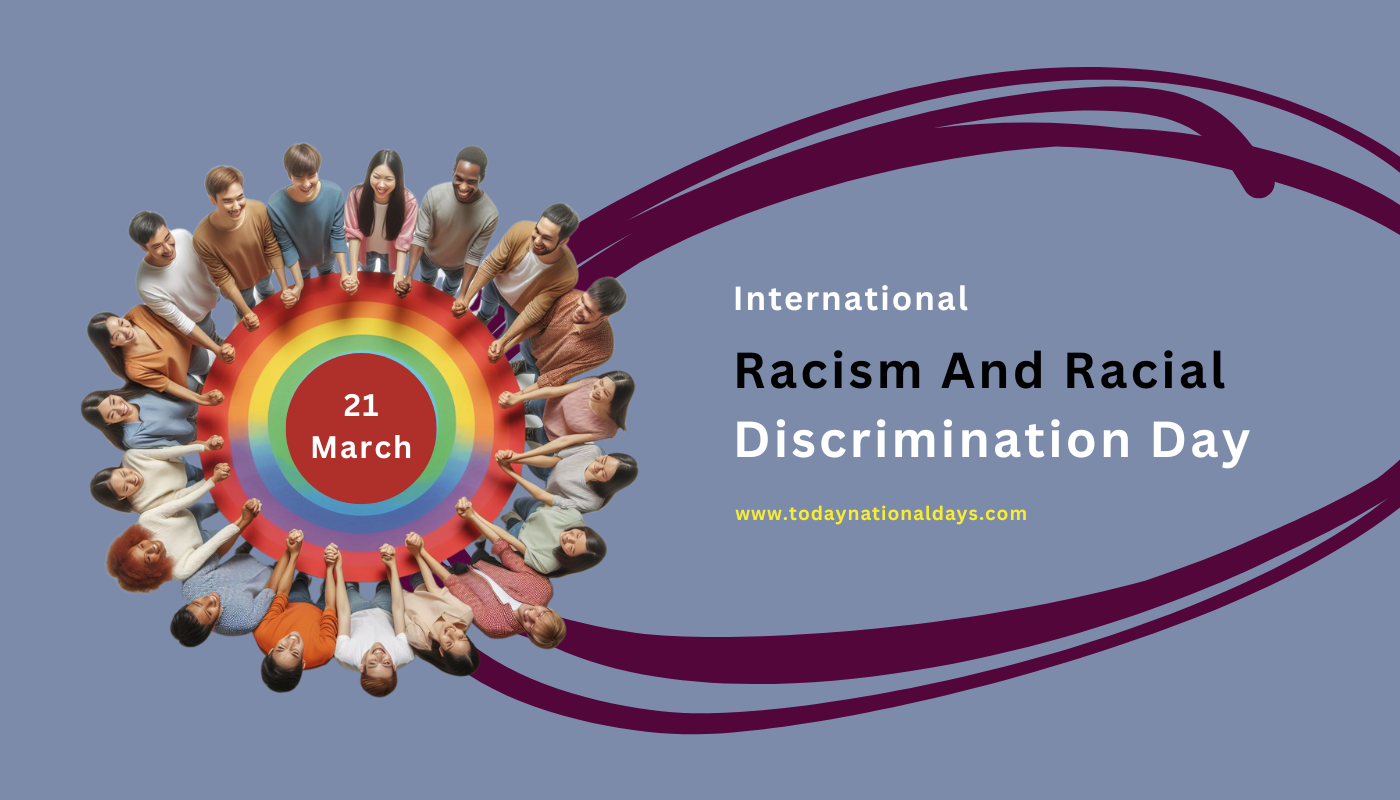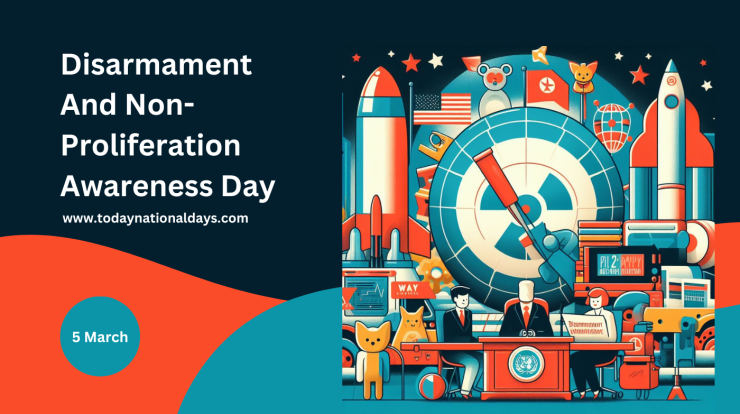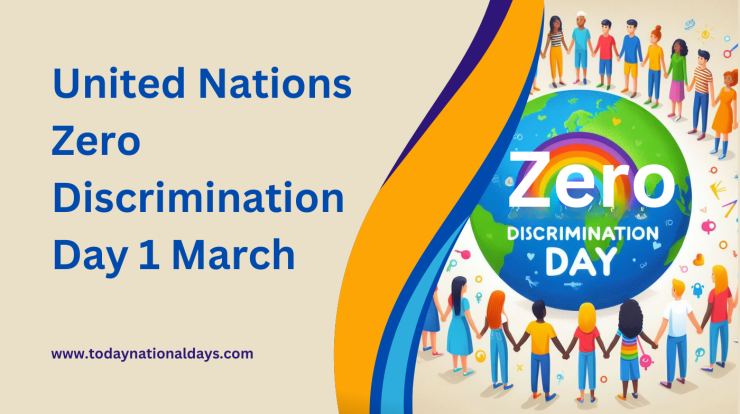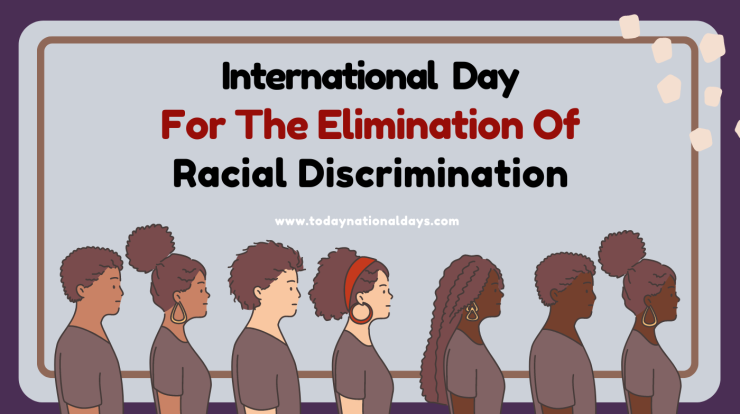
Guided by the International Convention on the Elimination of All Forms of Racial Discrimination, Racism and Racial Discrimination Day recognizes that the injustices and prejudices fueled by racial discrimination occur daily.
Observed annually on March 21, this day commemorates the tragic event in Sharpeville, South Africa, where police opened fire and killed 69 people at a peaceful demonstration against apartheid “pass laws” in 1960.
Despite strides forward, Indigenous peoples, racialized, and religious minority communities in Canada still confront racism and discrimination daily.
This occasion urges individuals, organizations, and governmental bodies at all levels to take tangible steps in eradicating all types of racial discrimination, injustice, systemic racism, and hate.
It is a time to re-commit efforts to ensure all people are respected and have equal access and opportunity to be safe and succeed.
What Is Racial Discrimination
Racial discrimination refers to treating people differently or unfairly because of their race, ethnic origin, skin color, language, or religion. Structures and institutions within society can embed discrimination systemically, meaning it operates within them.
Systemic racism is often more subtle and harder to detect, but it can have significant impacts on Indigenous peoples and racialized and religious minority communities.
Racial discrimination can occur anywhere in daily life. It can happen in the workplace, housing, education, and healthcare, and it extends to racial profiling by law enforcement and even hate crimes.
When Is The International Day For The Elimination Of Racial Discrimination?
This important day commemorates the 1960 police massacre of peaceful demonstrators in South Africa, who were protesting against the apartheid “pass laws.” It’s a time to reflect on this tragic event and recognize instances in modern society where people of African descent continue to face discrimination
Why Was This Day Created?
In 1966, the United Nations established this day to combat racial discrimination. It highlights actions and activities aimed at raising awareness and finding solutions for those most affected by racism.
While apartheid laws were abolished in 1991 and other racist legislations have been dismantled since then, significant progress has been made.Nonetheless, there remains considerable work yet to be accomplished.
History Of Racial Discrimination In Canada

The history of racial discrimination in Canada is long and complex, rooted in the country’s colonial past. Since the arrival of Europeans, Indigenous peoples have faced significant discrimination and marginalization.
They have experienced forced removal from their lands, mandatory attendance at residential schools, and ongoing denial of their rights and self-determination.
Racialized and religious minority communities, particularly those of African, Asian, Latin American, and Middle Eastern descent, as well as Jews and Muslims, have also faced discrimination in many aspects of life.
Today, Indigenous peoples and minority communities face disproportionate impacts, including:
- Poverty
- Inequitable access to quality healthcare
- Poor housing
- Lack of access to quality education
- Over-representation in the criminal justice system
In Canada, hate crimes and racism continue to pose significant challenges, evidenced by a noticeable uptick in reported incidents.
Recent years have seen a concerning rise in these occurrences, underscoring the urgency of addressing such issues. Various policies, initiatives, and educational programs are actively addressing the ongoing issues of racism and discrimination through concerted efforts.
How Workplaces Can Take Part In This Event
Organizing or attending training sessions and webinars on racial equity, unconscious bias, anti-racism, and ally ship.
Learning from the experiences of Black communities and others who face racism, such as those affected by Antisemitism and Islamophobia.
Commit to understanding more about intersectionality and how it shapes individual experiences.
Support your colleagues by being an active ally in the workplace.
Share your participation in Racial Elimination Day on social media and other communication channels.
Conclusion Of Racism And Racial Discrimination Day
In conclusion, racism and racial discrimination continue to pose significant challenges globally, undermining social cohesion and equality.
Understanding racism’s root causes, symptoms, and impacts empowers us to build a fairer, more inclusive world for future generations. This awareness fuels our efforts toward positive societal transformation.
This understanding serves as a catalyst for positive societal change. This comprehension is key to driving positive change. Understanding these aspects helps guide our efforts toward positive change.
FAQs About Racism And Racial Discrimination Day
When Is Racism And Racial Discrimination Day Observed?
Although Racism and Racial Discrimination Day is commemorated on [insert date], individuals should sustain their commitment to raising awareness and actively addressing racism and racial discrimination throughout the year.
Why Is It Important To Observe Racism And Racial Discrimination Day?
Observing this day helps to shed light on the pervasive nature of racism and racial discrimination, encourages dialogue, educates communities, and mobilizes individuals and organizations to take concrete steps towards creating a more inclusive and equitable society.
What Are Some Common Forms Of Racism And Racial Discrimination?
Systemic racism, hate speech, racial profiling, and unequal access to opportunities like education and employment are just a few examples of racism and racial discrimination.
Additionally, racial violence or harassment also contribute to this pervasive issue. These manifestations highlight the multifaceted nature of discrimination.






